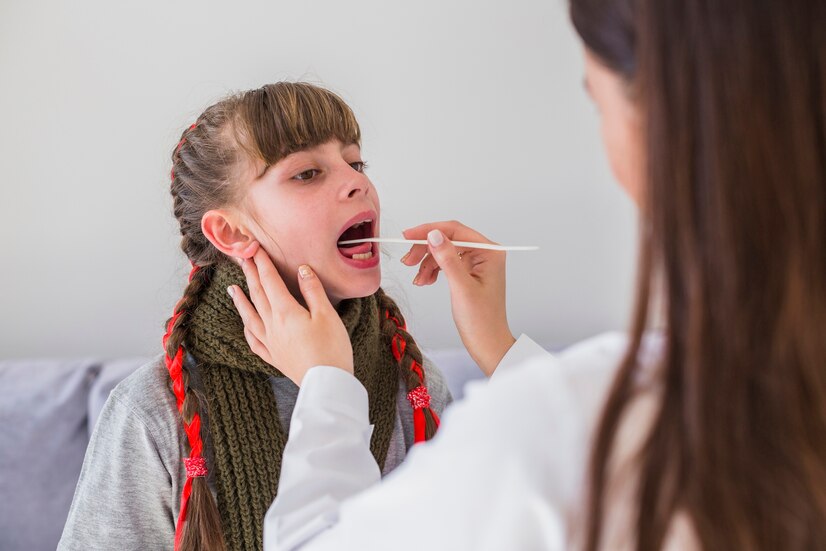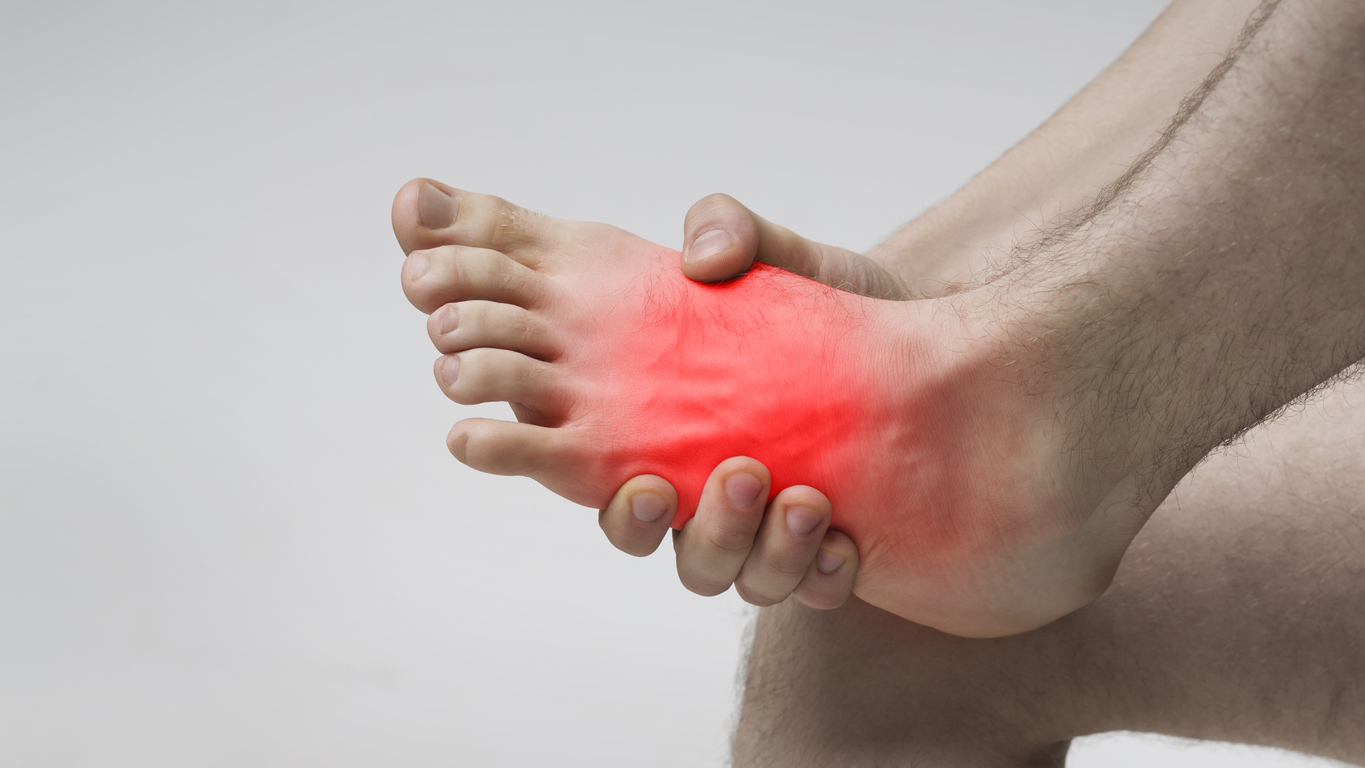
Explore our in-depth guide on oblique injuries, covering causes, symptoms, diagnosis, treatment, and prevention strategies. Learn how to manage and recover from oblique injuries effectively with our comprehensive insights.
Introduction
Oblique injuries represent a significant concern in both athletic and everyday contexts, manifesting as various forms of damage sustained at an angle to the affected structures. These injuries can impact a range of body parts, including muscles, bones, and connective tissues. Whether you are an athlete experiencing the repercussions of a high-intensity sport or someone who has suffered a sudden trauma, understanding the nature of oblique injuries is crucial. This guide delves into the complexities of oblique injuries, exploring their causes, symptoms, diagnostic methods, treatment options, and preventive measures. By thoroughly comprehending these aspects, individuals can better manage their recovery and mitigate the risk of future injuries.
Causes of Oblique Injuries
Oblique injuries can arise from a variety of sources, often involving dynamic and abrupt forces that impact the body at an angle. One common cause is sports-related activities, where sudden twists or turns can strain the oblique muscles or cause fractures. In contact sports like football or hockey, players are prone to such injuries due to the high impact and rapid changes in direction. Similarly, activities involving heavy lifting or improper technique, such as weightlifting, can place undue stress on the oblique muscles, leading to strains or tears. Additionally, everyday accidents, such as falls or collisions, can also result in oblique injuries. The angle and intensity of the force applied play a crucial role in determining the severity of the injury.
Symptoms and Diagnosis of Oblique Injuries
Identifying oblique injuries involves recognizing specific symptoms and undergoing appropriate diagnostic procedures. Typically, an oblique injury is marked by localized pain, tenderness, and limited range of motion in the affected area. For oblique muscle strains, individuals might experience sharp or aching pain along the side of the abdomen or torso, which can be exacerbated by movement or palpation. In the case of oblique fractures, symptoms may include intense pain, swelling, bruising, and difficulty moving the injured limb or body part. Diagnostic imaging, such as X-rays, MRIs, or CT scans, is often employed to assess the extent of the injury and confirm the presence of fractures or significant muscle damage. A thorough clinical evaluation by a healthcare professional is essential for accurate diagnosis and effective treatment planning.
Treatment Options for Oblique Injuries
Managing oblique injuries typically involves a multifaceted approach, combining immediate care with long-term rehabilitation strategies. Initially, the R.I.C.E. method—rest, ice, compression, and elevation—is commonly recommended to reduce pain and swelling. Over-the-counter pain relievers and anti-inflammatory medications can further aid in symptom management. For oblique muscle strains, physical therapy may be prescribed to strengthen the surrounding muscles, improve flexibility, and restore function. In cases of oblique fractures, treatment might involve immobilization with casts or splints, followed by gradual rehabilitation to ensure proper healing and prevent complications. Surgical intervention is reserved for severe cases where non-invasive methods are insufficient. A personalized treatment plan, developed in consultation with healthcare professionals, is crucial for optimal recovery.

Prevention Strategies for Oblique Injuries
Preventing oblique injuries involves adopting proactive measures to reduce the risk of occurrence. Proper conditioning and strengthening of the core muscles, including the obliques, play a fundamental role in enhancing overall stability and resilience. Engaging in regular exercise routines that focus on flexibility, balance, and strength can help mitigate the risk of muscle strains. Additionally, employing correct techniques and body mechanics during physical activities, such as lifting or sports, is essential for minimizing the risk of injury. Warm-up and cool-down routines should be incorporated into exercise regimens to prepare the muscles for activity and facilitate recovery. Furthermore, wearing appropriate protective gear during high-risk sports can offer an added layer of protection against oblique injuries.
Rehabilitation and Recovery
The road to recovery from an oblique injury requires careful management and adherence to a structured rehabilitation program. Rehabilitation aims to restore full function, strength, and flexibility to the injured area while preventing re-injury. A comprehensive rehabilitation program typically includes physical therapy exercises designed to target the specific muscle groups affected by the injury. Stretching, strengthening, and stabilization exercises are commonly incorporated to promote healing and improve overall physical condition. Gradual progression in activity levels, guided by a healthcare professional, ensures a safe return to normal function. Consistent monitoring and adjustment of the rehabilitation plan are necessary to address any challenges or setbacks during the recovery process.
Long-Term Management and Lifestyle Adjustments
Managing an oblique injury in the long term involves making lifestyle adjustments to support ongoing health and prevent future injuries. Maintaining a balanced diet rich in essential nutrients, including protein, vitamins, and minerals, contributes to muscle repair and overall well-being. Adequate hydration is also crucial for muscle function and recovery. Engaging in regular physical activity, with an emphasis on maintaining core strength and flexibility, helps sustain injury resilience. Furthermore, adopting ergonomic practices and proper body mechanics during daily activities can reduce the risk of strain on the oblique muscles. Staying informed about injury prevention strategies and incorporating them into daily routines fosters long-term health and reduces the likelihood of recurrent oblique injuries.
Conclusion
Understanding and managing oblique injuries requires a comprehensive approach that addresses immediate care, treatment, prevention, and long-term management. By recognizing the causes and symptoms of oblique injuries, individuals can take proactive steps to mitigate the risk of occurrence and ensure effective recovery. Through a combination of proper diagnosis, treatment, rehabilitation, and lifestyle adjustments, individuals can enhance their overall health and resilience, minimizing the impact of oblique injuries on their daily lives.
Read also: home remedies for heartburn A Comprehensive Guide



